Embarking on the thrilling adventure of learning to skate downhill requires a combination of physical conditioning, mental preparation, and the right equipment. As a beginner, it’s natural to wonder if 50 is too old to learn how to skate, but with the right approach, anyone can master the art of downhill skating. In this comprehensive guide, we’ll break down the essential steps and techniques for safe and confident learning, covering topics from basic skills and equipment selection to advanced edge work and turns. Whether you’re a seasoned athlete or a complete novice, our expert advice and insider tips will help you navigate the world of downhill skating like a pro.
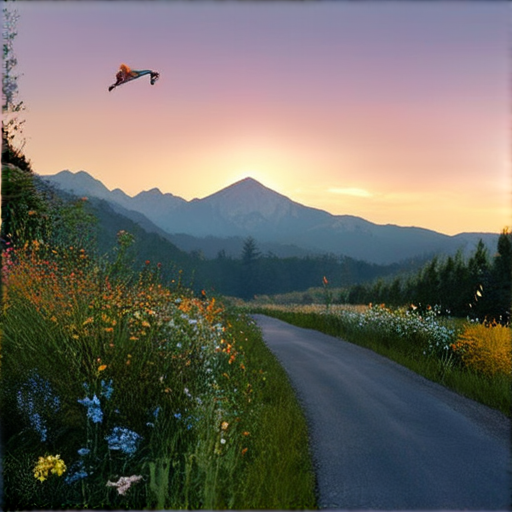
How to Skate Downhill
Skateboarding downhill requires a combination of balance, control, and confidence.
-
Tips for Downhill Skating
-
Mastering the Art of Foot Braking
Foot braking is an essential skill for downhill skateboarders. It involves lightly touching your back foot to the ground to generate friction with the pavement, helping you slow down to a stop.
To master foot braking, start by practicing on flat ground. Get comfortable with the feeling of your board sliding under your feet. As you gain confidence, move on to gentle slopes and gradually work your way up to steeper inclines.
-
The Controlled Slide
The controlled slide is the most effective way to control your speed when going downhill. To perform a controlled slide, shift your weight onto your front foot and apply gentle pressure to the tail of your board with your back foot.
This will cause your board to slide smoothly, allowing you to maintain control and adjust your speed as needed. Practice the controlled slide on gentle slopes before attempting it on steeper terrain.
-
Positioning and Body Alignment
Your positioning and body alignment play a crucial role in downhill skating. Keep your knees bent, weight centered over your board, and arms relaxed.
Look ahead and focus on the path in front of you, rather than staring at the ground. This will help you stay balanced and anticipate any obstacles or changes in terrain.
-
Speed Control and Balance
Speed control and balance are critical components of downhill skating. To maintain control, focus on shifting your weight and applying gentle pressure to the tail of your board.
Practice balancing on different surfaces and terrain to develop your skills and build confidence. Remember to stay relaxed and focused, and always be aware of your surroundings.
-
Staying Safe
Downhill skating can be hazardous, so it’s essential to take necessary safety precautions. Wear protective gear, including a helmet, knee pads, and elbow pads.
Always skate within your ability level and be mindful of your surroundings. Stay alert and aware of potential hazards, such as rocks, potholes, and other obstacles.
By mastering these skills and tips, you’ll be well on your way to becoming a confident and skilled downhill skateboarder.
Is 50 Too Old to Learn How to Skate?
You’re never too old to learn how to skate, regardless of age.
- The key to learning is putting in the time and effort required to master the basics.
- Kickflip Boards offers a variety of resources and tutorials to help beginners get started, including articles on skateboarding techniques and gear recommendations.
- Our community is comprised of skaters of all ages and skill levels, making it easy to find a supportive group to learn with.
Benefits of Learning to Skate at Any Age
- Improved balance and coordination
- Increased physical fitness and flexibility
- Stress relief and mental well-being
- Opportunities to connect with others who share similar interests
Getting Started with Kickflip Boards
At Kickflip Boards, we believe that everyone deserves access to high-quality skateboarding resources and equipment.
- We offer a range of products, including skateboards, helmets, and protective gear.
- Our website features a wealth of information on skateboarding techniques, including tutorials and videos.
- Join our community today and start learning how to skate with confidence!
Whether you’re 20 or 60, the most important thing is to have fun and enjoy the process of learning.
So why wait? Get out there and start skating today!
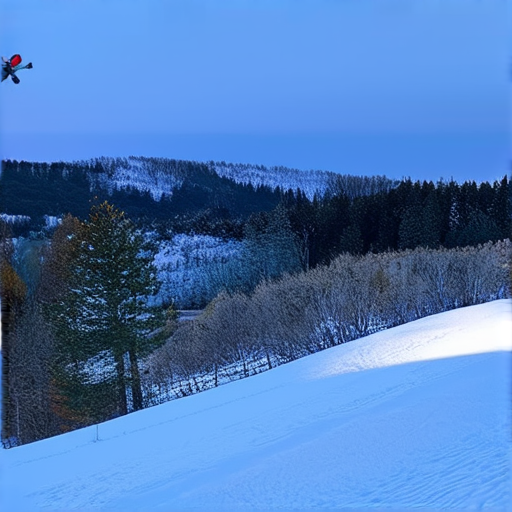
Mastering Downhill Skateboarding Without Falling
To become proficient in downhill skateboarding, it’s essential to understand the basics and develop a few crucial skills.
- Assess the terrain: Before attempting to ride down a hill, take note of its steepness, length, and any obstacles along the way. This will help you gauge your speed and plan your route accordingly.
- Choose the right equipment: Invest in a high-quality skateboard specifically designed for downhill riding, complete with sturdy wheels and a durable deck.
- Develop your balance and coordination: Practice balancing on flat ground before moving on to hills. Focus on shifting your weight, adjusting your stance, and using your edges effectively.
- Learn to control your speed: As you gain confidence, work on slowing down and speeding up smoothly. This involves mastering your brakes, leaning into turns, and using your body weight to adjust your speed.
- Stay focused and aware: Keep your eyes on the road ahead, scanning for potential hazards and obstacles. Stay alert and prepared to react quickly to changing situations.
Tips for Safe Downhill Riding
- Ride within your limits: Don’t push yourself too hard – respect your abilities and the terrain.
- Wear protective gear: A helmet, knee pads, and elbow pads can save you from serious injuries in case of a fall.
- Stay hydrated and energized: Bring water and snacks with you on long rides to maintain your energy levels.
- Respect local regulations: Familiarize yourself with local laws and regulations regarding skateboarding in public areas.
Additional Resources
For more information on downhill skateboarding techniques, check out our Downhill Skateboarding Tips page or visit our Skateboard Maintenance guide for advice on keeping your board in top condition.
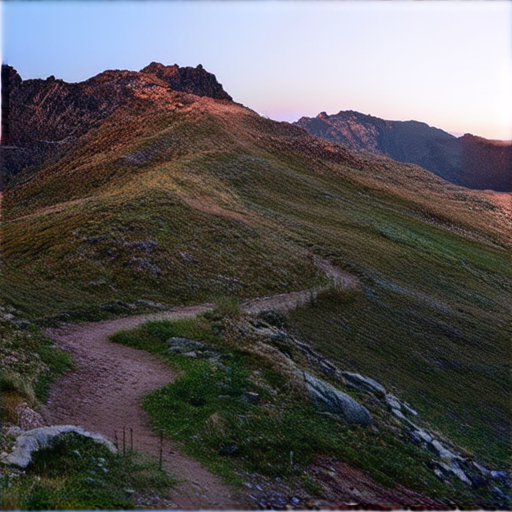
Is Downhill Longboarding Hard?
Downhill longboarding can seem intimidating at first, but with practice and patience, it can become a thrilling and rewarding experience.
- Mastering Basic Skills: Before diving into downhill longboarding, it’s essential to have a solid foundation in basic skills such as balancing, turning, and braking.
- Understanding Speed Control: Learning to control speed is crucial in downhill longboarding. This involves mastering techniques such as leaning, shifting weight, and using foot brakes.
- Familiarizing Yourself with Terrain: Knowing how to navigate various terrain types, including hills, curves, and obstacles, is vital for safe and enjoyable downhill longboarding.
- Developing Mental Toughness: Downhill longboarding requires mental toughness and focus. Riders need to stay calm under pressure and adapt to changing conditions.
Key Factors to Consider
- Board Selection**: Choosing the right board for downhill longboarding is critical. Look for boards specifically designed for high-speed riding and consider factors such as wheel size, hardness, and width.
- Safety Gear**: Wearing proper safety gear, including a helmet, knee pads, and elbow pads, is essential for protecting yourself from injuries.
- Weather Conditions**: Weather conditions can significantly impact downhill longboarding. Be aware of wind, rain, and temperature fluctuations, and adjust your riding accordingly.
- Rider Experience**: Downhill longboarding is not suitable for beginners. Make sure you have sufficient experience and skills before attempting to ride down steep hills.
Tips for Improving Your Skills
- Practice Regularly**: Consistent practice helps develop muscle memory and improves your overall skills.
- Start Slow**: Begin with gentle slopes and gradually progress to steeper hills as you gain confidence and experience.
- Stay Focused**: Maintain focus and concentration while riding, and always be aware of your surroundings.
- Take Lessons**: Consider taking lessons from experienced instructors who can provide personalized feedback and guidance.
By following these guidelines and practicing regularly, you’ll be well on your way to becoming a skilled downhill longboarder and enjoying the thrill of this exciting sport.
Essential Steps to Learn Downhill Skating Safely and Confidently
As a beginner, learning to ski downhill can seem intimidating, but with the right approach, you can master the basics and enjoy the thrill of speeding down the mountain.
-
Assess Your Skills and Experience
-
Choose the Right Equipment
-
Learn Basic Techniques
-
Practice Turning and Stopping
-
Develop Edge Control
-
Stay Safe and Aware
-
Take Lessons and Get Feedback
-
Stay Relaxed and Have Fun
Determine your skill level and experience with skiing or snowboarding. If you’re a complete beginner, consider taking a lesson or two to get familiar with the equipment and basic techniques.
Select a pair of skis or a snowboard that suits your height, weight, and skill level. Make sure the bindings are adjusted correctly and the edges are sharp.
Start with basic turns, stopping, and turning techniques. Practice these skills on gentle slopes before moving on to steeper terrain.
Focus on developing smooth, controlled turns and stops. Practice turning in both directions and learn how to stop quickly and safely.
Learn to control your edges by shifting your weight and applying pressure to the skis or snowboard. This will help you navigate challenging terrain and maintain speed.
Always wear protective gear, including a helmet, gloves, and goggles. Stay alert and aware of your surroundings, watching for obstacles and other skiers.
Consider taking lessons from a certified instructor who can provide personalized feedback and help you improve your technique.
Remember to stay relaxed and have fun! Downhill skiing is a thrilling experience, and with practice and patience, you’ll become more confident and skilled.
By following these essential steps, you’ll be well on your way to learning downhill skiing safely and confidently. Remember to always stay focused, practice regularly, and seek guidance from experienced instructors whenever possible.
For more information on downhill skiing techniques and safety guidelines, visit our Skiing Tips page or check out our Safety Guidelines section.
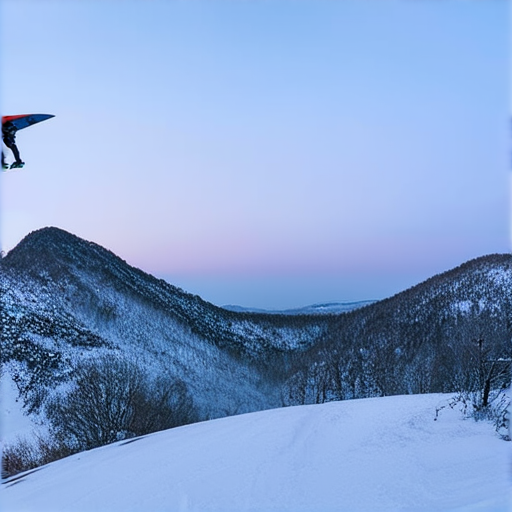
Essential Skills and Techniques Required to Learn Downhill Skating Safely and Confidently
As a skateboard enthusiast, I’m excited to share my knowledge on how to master the art of downhill skating.
- Balance Control: To learn downhill skating safely and confidently, it’s crucial to develop excellent balance control. Practice standing on your board with your dominant foot forward, then switch feet to improve your overall balance.
- Edge Work: Edge work involves applying pressure to the edges of your board to steer and control its direction. Mastering edge work requires patience and practice, but it’s essential for navigating steep hills and tight turns.
- Speed Management: As you gain speed, it’s vital to learn how to manage your velocity effectively. Practice slowing down and speeding up smoothly to maintain control and stay safe.
- Body Positioning: Maintaining a comfortable body position is critical for stability and control. Keep your knees bent, weight centered, and arms relaxed to absorb bumps and maintain balance.
- Visual Awareness: Develop your visual awareness by scanning the terrain ahead, anticipating obstacles, and adjusting your speed accordingly.
- Practice and Patience: Learning to downhill skate takes time, effort, and patience. Start with gentle slopes and gradually progress to steeper hills as you build your skills and confidence.
At Kickflip Boards, we recommend checking out our article on Skateboard Maintenance Tips to ensure your board is in top condition before hitting the hills.
Additionally, consider visiting Bones Wheels for high-quality wheels that can handle the demands of downhill skating.
Remember to always wear protective gear, including a helmet, knee pads, and elbow pads, to minimize the risk of injury.
Tips for Safe Downhill Skating
- Start with gentle slopes and gradually progress to steeper hills.
- Practice turning and stopping regularly to maintain control and confidence.
- Stay alert and aware of your surroundings, including other skaters, pedestrians, and obstacles.
- Respect local regulations and skate within designated areas.
- Never skate alone and always have a buddy or group with you.
Conclusion
Learning to downhill skate requires dedication, patience, and practice. By mastering the essential skills and techniques outlined above, you’ll be well on your way to becoming a confident and skilled downhill skater. Remember to always prioritize your safety and the safety of others, and happy shredding!
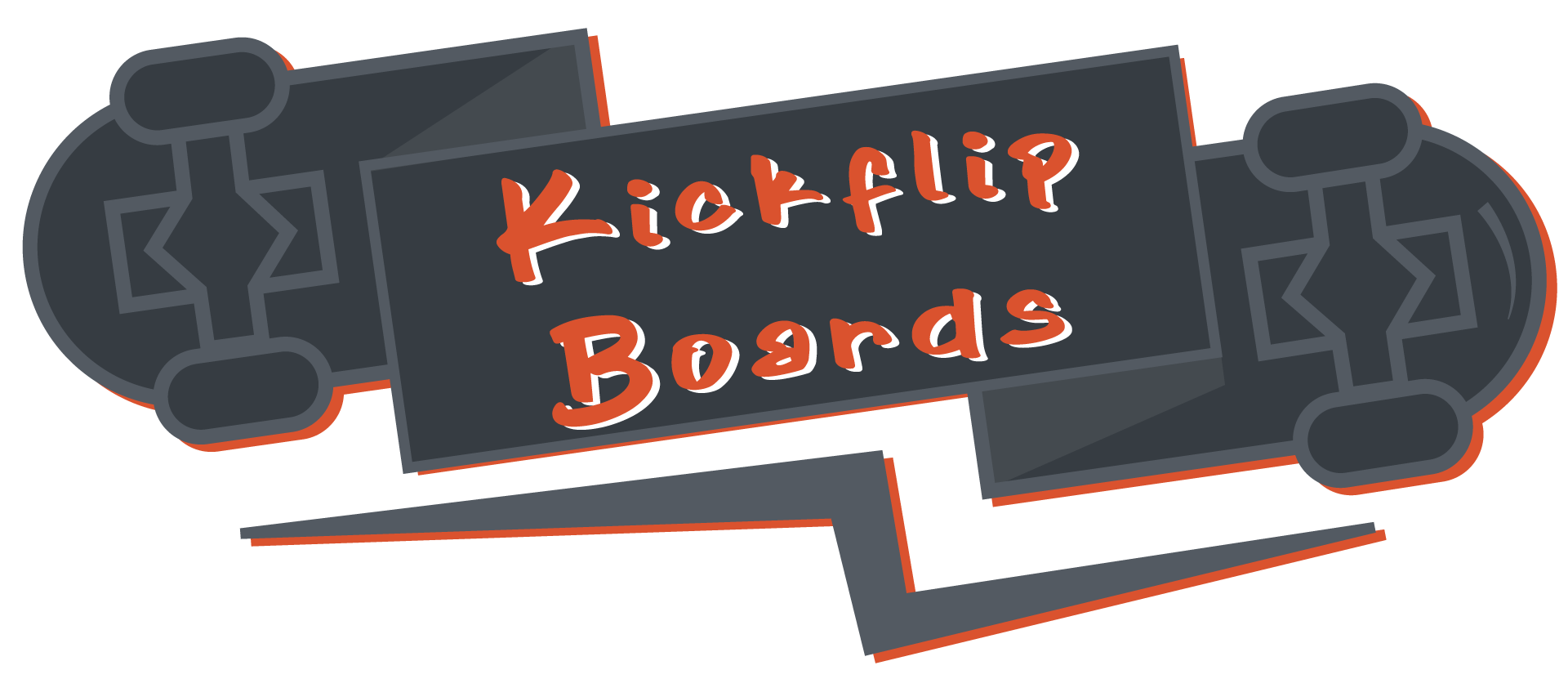
0 Comments